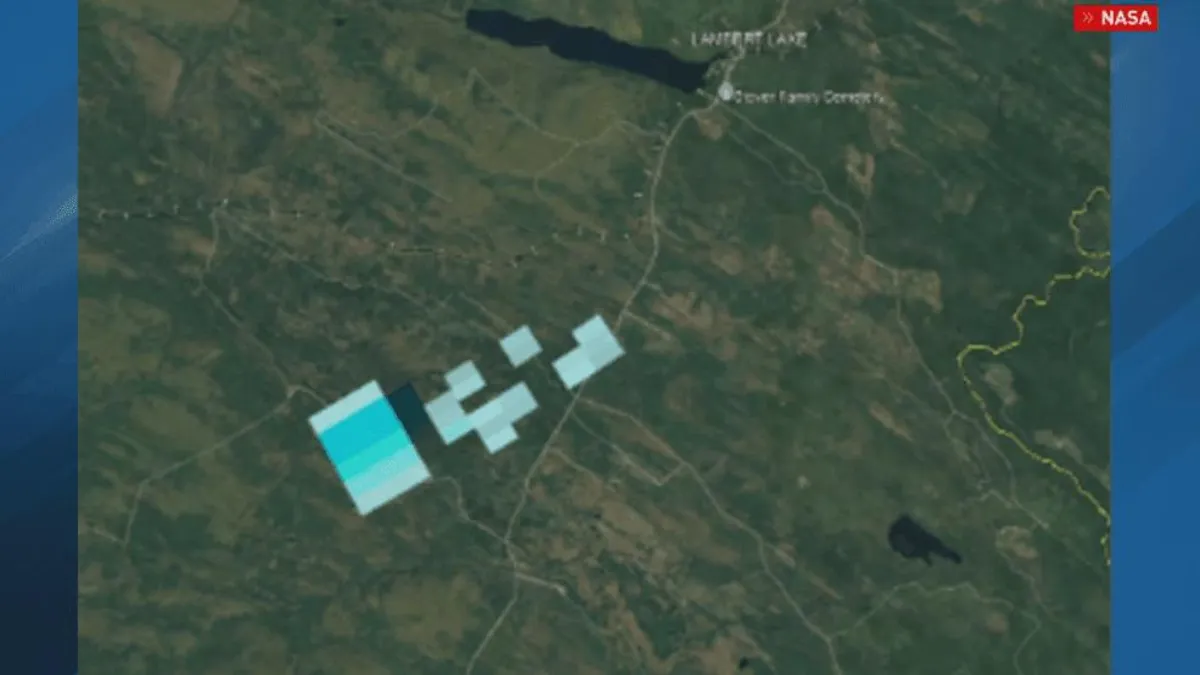
On February 21, a radar site detected several unidentified objects entering the Earth’s atmosphere at an exceptionally high velocity, landing near the town of Codyville, Maine. This intriguing event has captured the attention of scientists and meteor enthusiasts alike, as it offers a glimpse into the fascinating world of meteoroids and their journey to our planet.
According to Dr. Marc Fries, a scientist at the Johnson Space Center, meteoroids are remnants from the early solar system. “When the planets were still coalescing into what we have here today, they were made up of smaller pieces,” Dr. Fries explained. These smaller pieces, known as meteoroids, never got incorporated into a planet. When these objects plunge into the Earth’s atmosphere, they produce a bright streak known as a meteor. If any part of the meteoroid survives the intense heat and reaches the ground, it is classified as a meteorite.
This is not the first time a meteor has illuminated the sky over Maine. On May 17, 2016, a meteor was captured on camera streaking across northern New England, creating a spectacle for observers. The recent event in Codyville, however, involved much smaller fragments, estimated to be just a few dozen rocks. “Survivors are usually about the size of a coffee cup or smaller, so we’re not talking about boulders,” Dr. Fries noted, emphasizing the relatively small size of these meteorites.
Meteors undergo a dramatic transformation as they penetrate the Earth’s atmosphere. Dr. Fries highlighted that the meteor associated with the Codyville incident was traveling at an astonishing speed of over 24,000 miles per hour. “These asteroids and meteoroids have been in stable orbit farther away from Earth for the last four and a half billion years,” he explained. This long-term stability is disrupted when gravitational forces from larger celestial bodies, such as Jupiter, alter their orbits, causing them to intersect with Earth’s path.
NASA scientists are aware of where these meteorites have landed, but they have yet to recover them. The search for these fascinating remnants continues, as each meteorite offers unique insights into the early solar system and the materials that formed our planet. The Codyville event serves as a reminder of the dynamic and ever-changing nature of our cosmic environment.